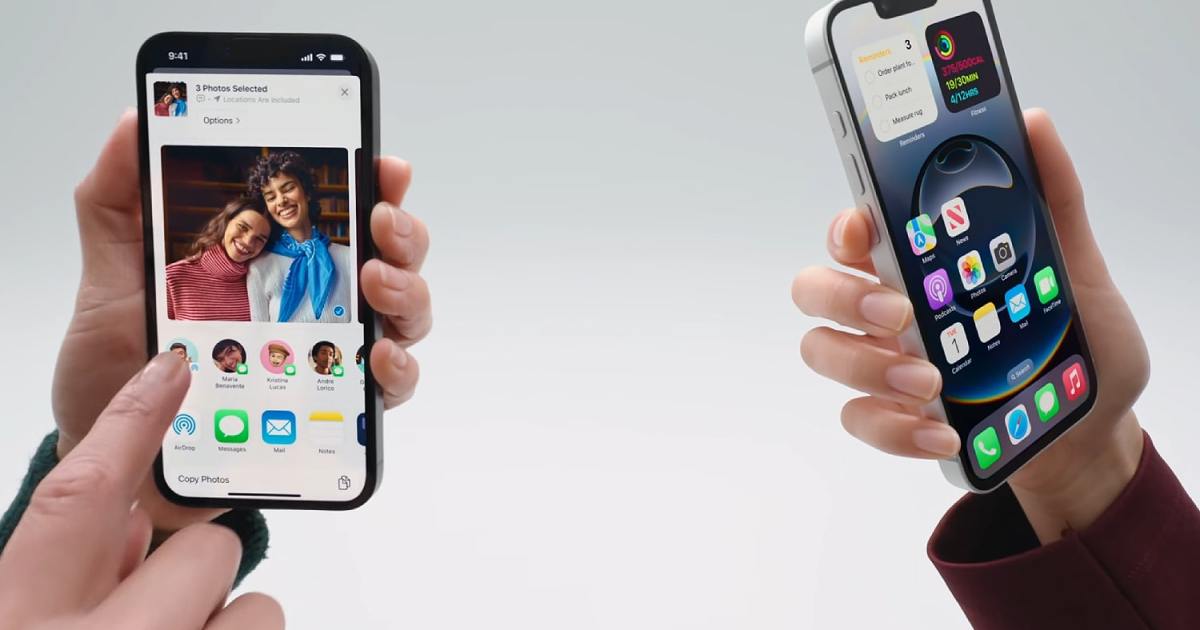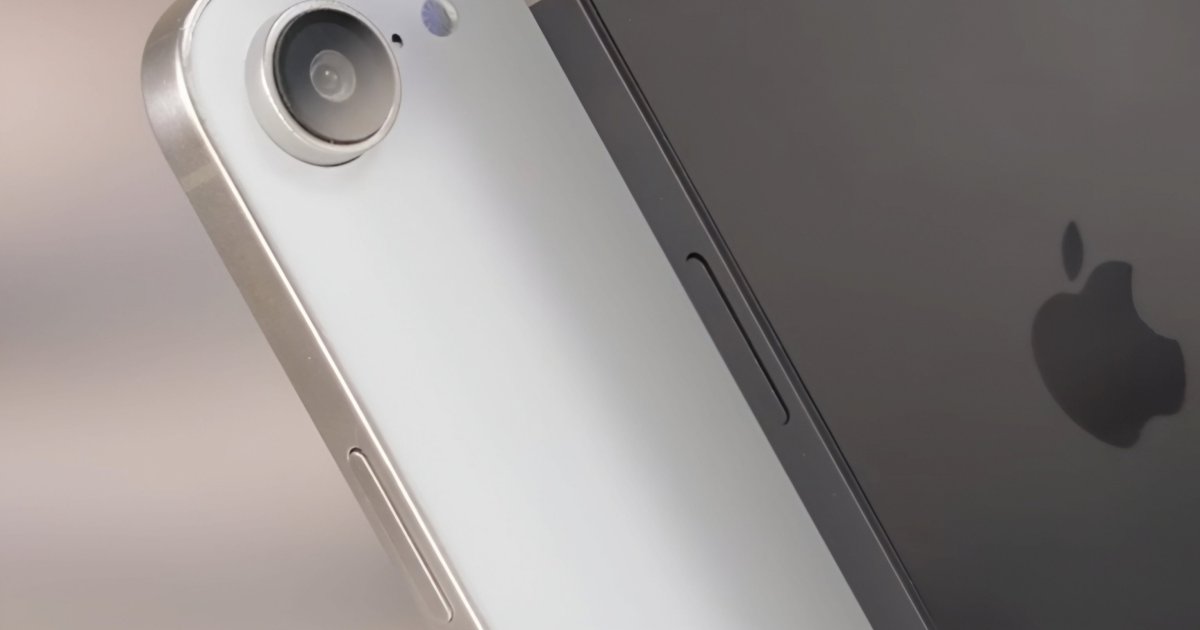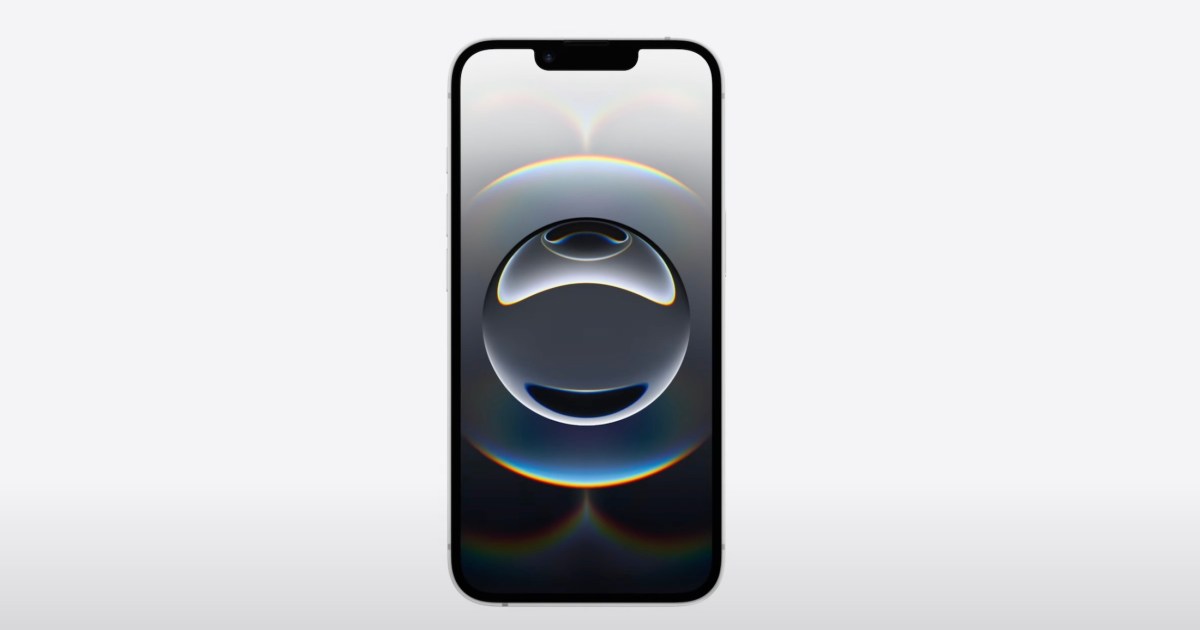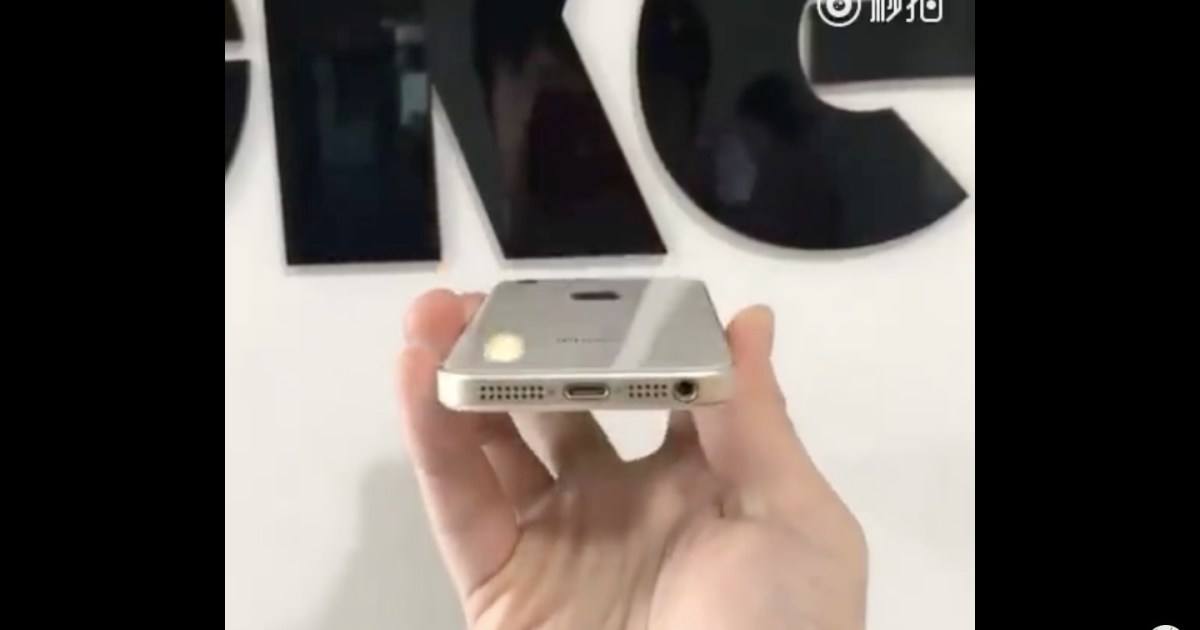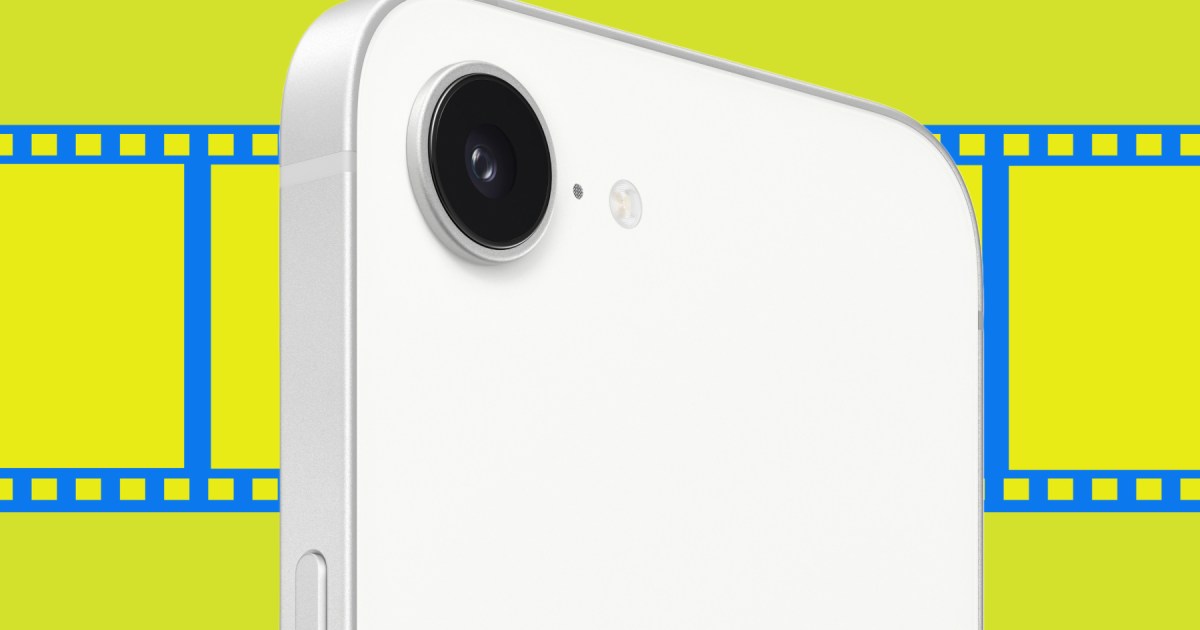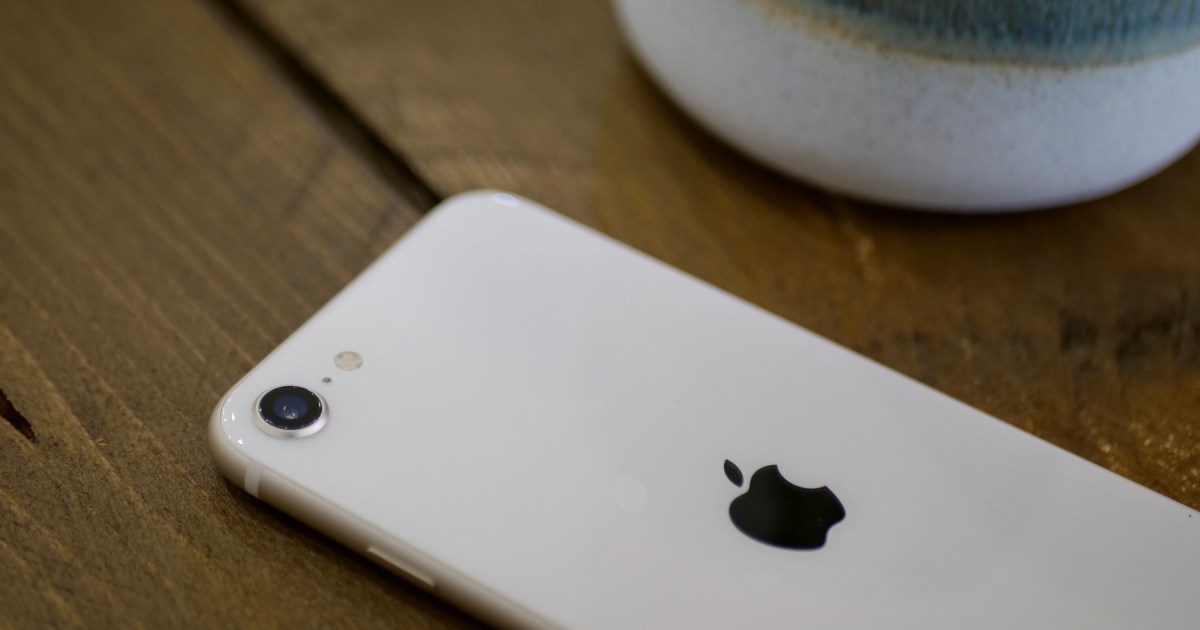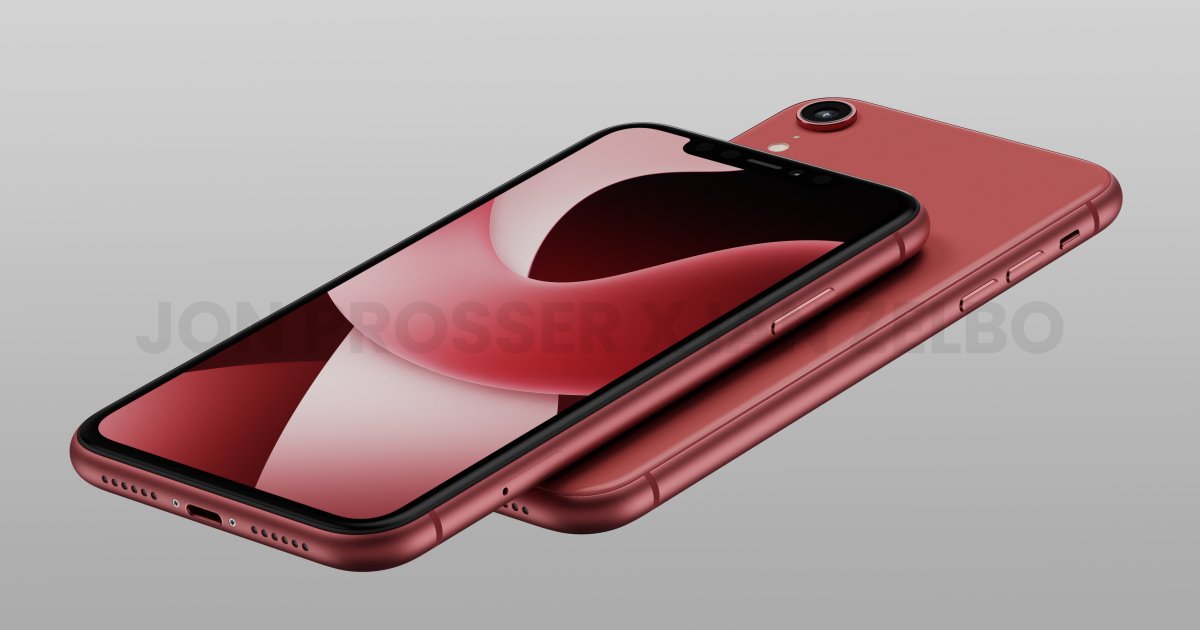The iPhone 16e marks a significant shift in Apple’s mid-range strategy. Built on the iPhone 14 chassis, this new contender offers a modern design and impressive internal upgrades, including the powerful A18 processor. But how does it stack up against the OnePlus 13R, a formidable competitor in the mid-range arena? This comparison explores which phone offers the best value for your $600.
iPhone 16e vs. OnePlus 13R: Specifications
| Feature | Apple iPhone 16e | OnePlus 13R |
|---|---|---|
| Dimensions | 146.7 x 71.5 x 7.8 mm | 161.7 x 75.8 x 8 mm |
| Weight | 167 grams | 206 grams |
| Display | 6.1-inch XDR OLED (60Hz) | 6.78-inch LTPO AMOLED (Dynamic 1-120Hz) |
| Resolution | 2532 x 1170 | 2780 x 1264 |
| OS | iOS 18 | Android 15 with OxygenOS 15 |
| Storage | 128GB, 256GB | 256GB, 512GB |
| MicroSD | No | No |
| Tap-to-Pay | Apple Pay | Google Pay |
| Processor | Apple A18 | Qualcomm Snapdragon 8 Gen 3 |
| RAM | 6GB | 12GB, 16GB |
| Rear Camera | 48MP | 50MP, 8MP ultrawide, 50MP telephoto |
| Front Camera | 12MP | 16MP |
| Video | 4K@60fps, FHD@240fps | 4K@60fps, FHD@240fps |
| Bluetooth | 5.3 | 5.4 |
| Ports | USB-C | USB-C |
| Biometrics | Face ID | In-display fingerprint |
| Water Resistance | IP68 | IP65 |
| Battery | TBC | 6,000mAh, 80W fast charging |
| Network | 5G | 5G |
| Colors | Black, White | Astral Trail, Nebula Noir |
| Price | From $599 | From $600 |
| Availability | Apple, Amazon, Best Buy | OnePlus, Amazon, Best Buy |
Design and Build
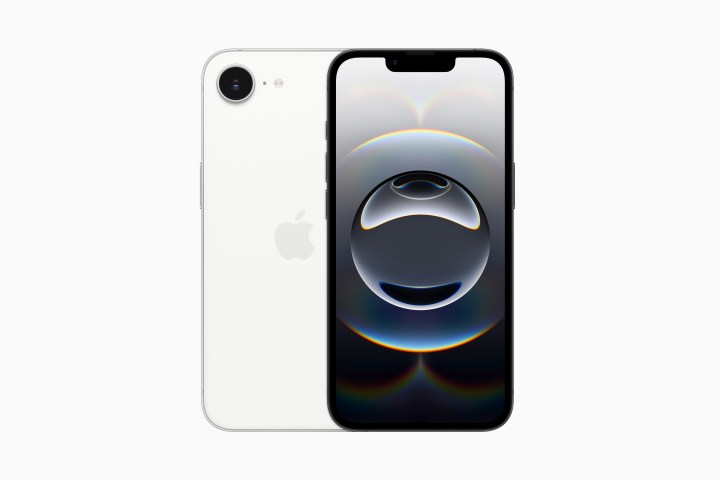
The iPhone 16e inherits the sleek design of the iPhone 14. While the notch is a telltale sign of its budget-friendly nature, the overall aesthetic remains appealing. Its IP68 rating ensures durability against water and dust.
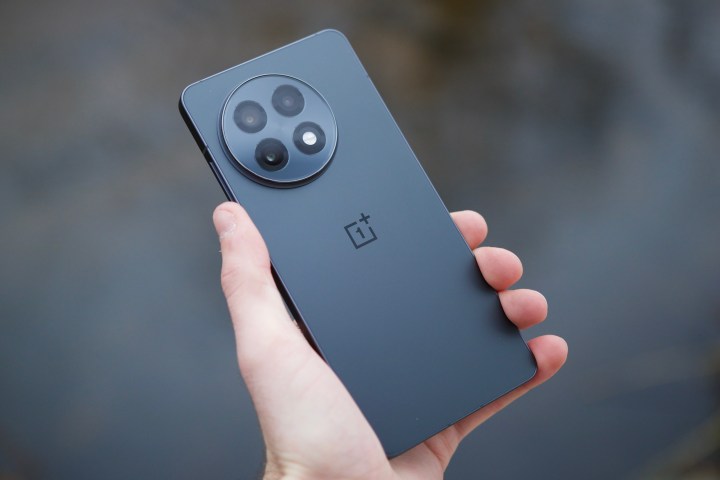 Holding OnePlus 13R showing back of the phone
Holding OnePlus 13R showing back of the phone
The OnePlus 13R prioritizes function over extravagant design. Its matte aluminum frame and glass back provide a premium feel, complemented by the signature circular camera module. While it boasts an IP65 rating, it falls slightly short of the iPhone’s water resistance.
While both phones feel premium, the iPhone 16e’s elegant design gives it the edge.
Display
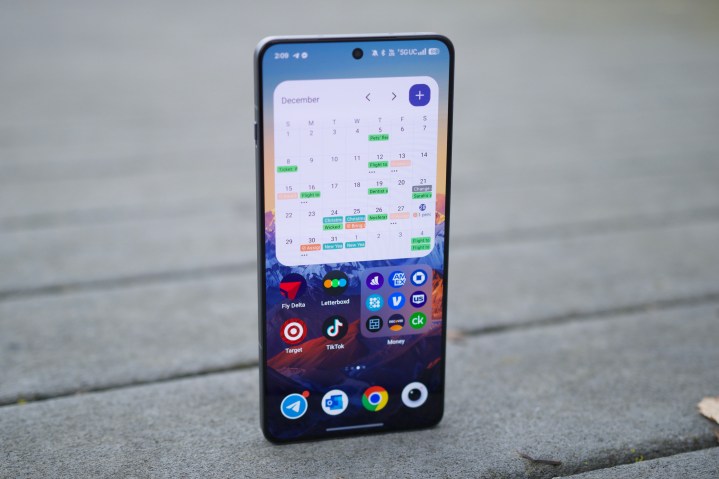 OnePlus 13R with screen on
OnePlus 13R with screen on
The iPhone 16e’s transition to OLED is a welcome improvement, delivering vibrant colors and deeper blacks. However, the OnePlus 13R boasts a larger, brighter display with a dynamic 120Hz refresh rate, offering a smoother and more responsive user experience. While the iPhone 16e has a slightly higher pixel density, the difference is negligible.
The OnePlus 13R clearly wins in the display department.
Performance
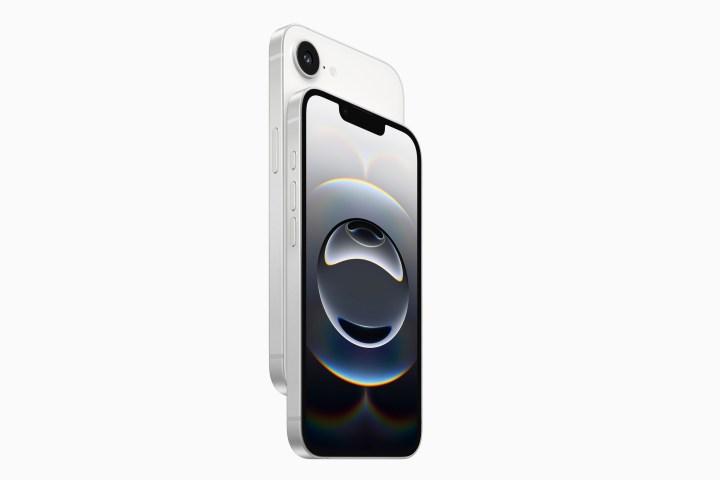 Apple iPhone 16e press image
Apple iPhone 16e press image
Both phones pack a punch. The Snapdragon 8 Gen 3 in the OnePlus 13R and the A18 in the iPhone 16e deliver exceptional performance, easily handling demanding tasks and games. The A18, built on a 3nm process, may offer a slight performance advantage, but the difference is unlikely to be noticeable in everyday use. The OnePlus 13R offers more storage and RAM in its base configuration.
Until further testing, this category remains a tie.
Battery and Charging
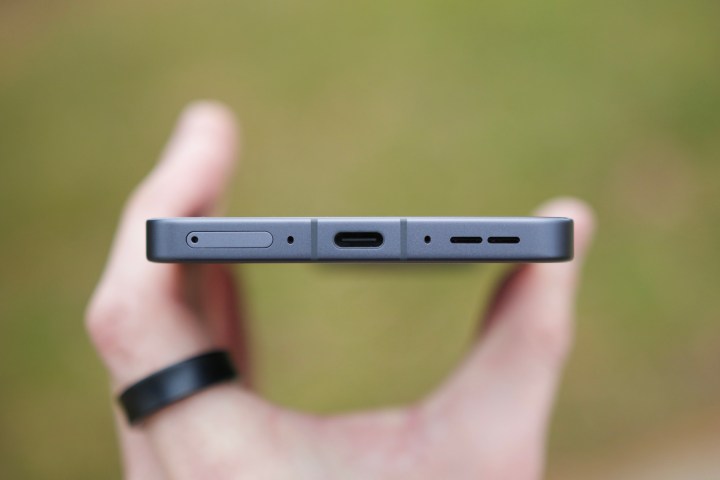 USB-C port on OnePlus 13R
USB-C port on OnePlus 13R
The OnePlus 13R’s massive 6,000mAh battery and 80W fast charging are standout features, providing exceptional battery life and quick top-ups. The iPhone 16e’s battery capacity and charging speeds are yet to be confirmed, but early indications suggest it may lag behind the OnePlus in this area. Furthermore, the lack of MagSafe support on the 16e is a disappointment.
Based on current information, the OnePlus 13R appears to have a significant advantage in battery performance.
Camera
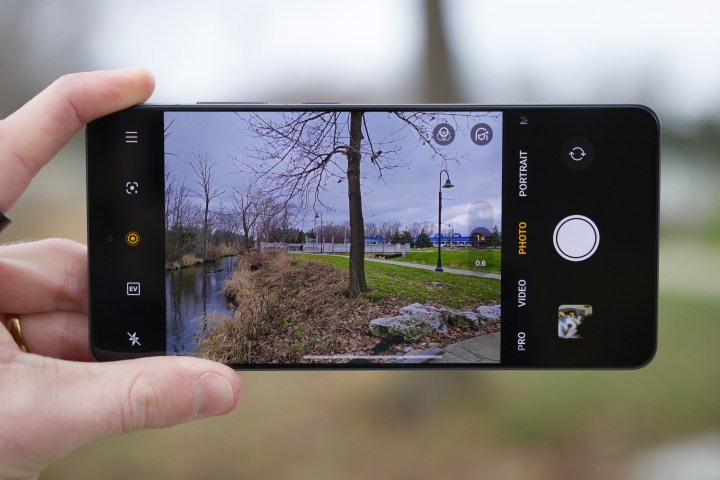 Camera app on the OnePlus 13R
Camera app on the OnePlus 13R
The iPhone 16e inherits the impressive 48MP main camera from the iPhone 16, promising excellent image quality. While it lacks an ultrawide lens, the integrated 2x telephoto zoom adds versatility. The OnePlus 13R offers a triple-camera system, including a 50MP main camera, a 50MP telephoto lens, and an 8MP ultrawide lens.
Until we can thoroughly test the iPhone 16e’s camera, this category remains a tie.
Software and Updates
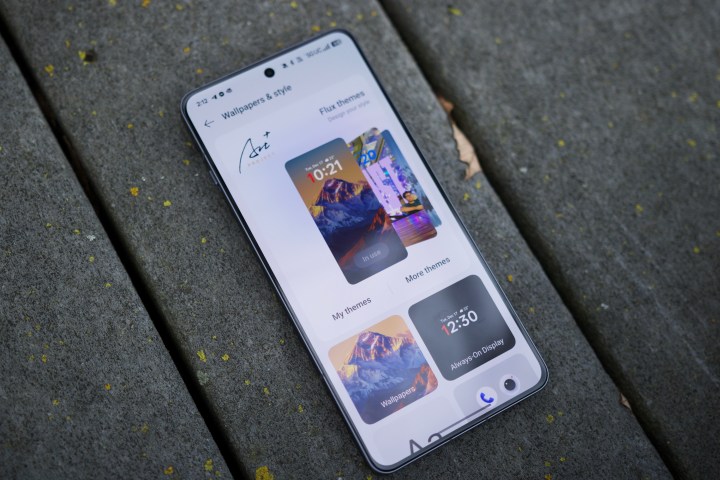 Lock screen customization on OnePlus 13R
Lock screen customization on OnePlus 13R
The choice between iOS and Android ultimately comes down to personal preference. Both operating systems are intuitive and feature-rich. OnePlus’s OxygenOS offers a clean and customizable Android experience with a promise of four years of software updates.
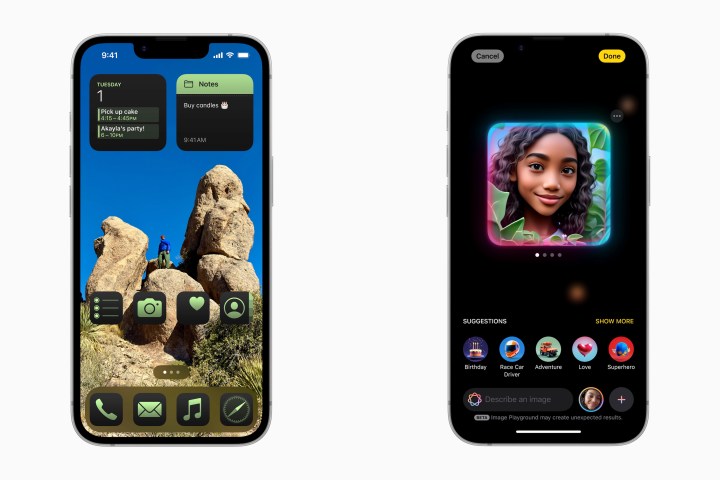 Apple iPhone 16e press image
Apple iPhone 16e press image
Apple is renowned for its long-term software support, often providing updates for several years. The iPhone 16e also benefits from Apple’s latest AI features, including enhanced Siri functionality and image generation tools.
While both offer excellent software experiences, Apple’s long-term update policy gives it a slight edge.
Verdict
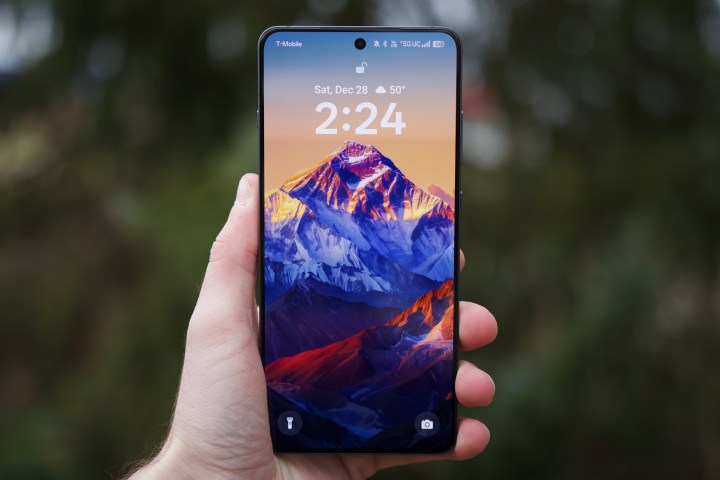 OnePlus 13R lock screen
OnePlus 13R lock screen
The iPhone 16e presents a compelling option in the mid-range market with its attractive design and powerful processor. However, the OnePlus 13R emerges as a strong contender, outperforming the iPhone in several key areas, including display, battery life, and charging speed. While the iPhone boasts a refined design and the promise of long-term software updates, the OnePlus 13R’s overall package makes it a compelling choice for those seeking maximum value in the mid-range segment.



